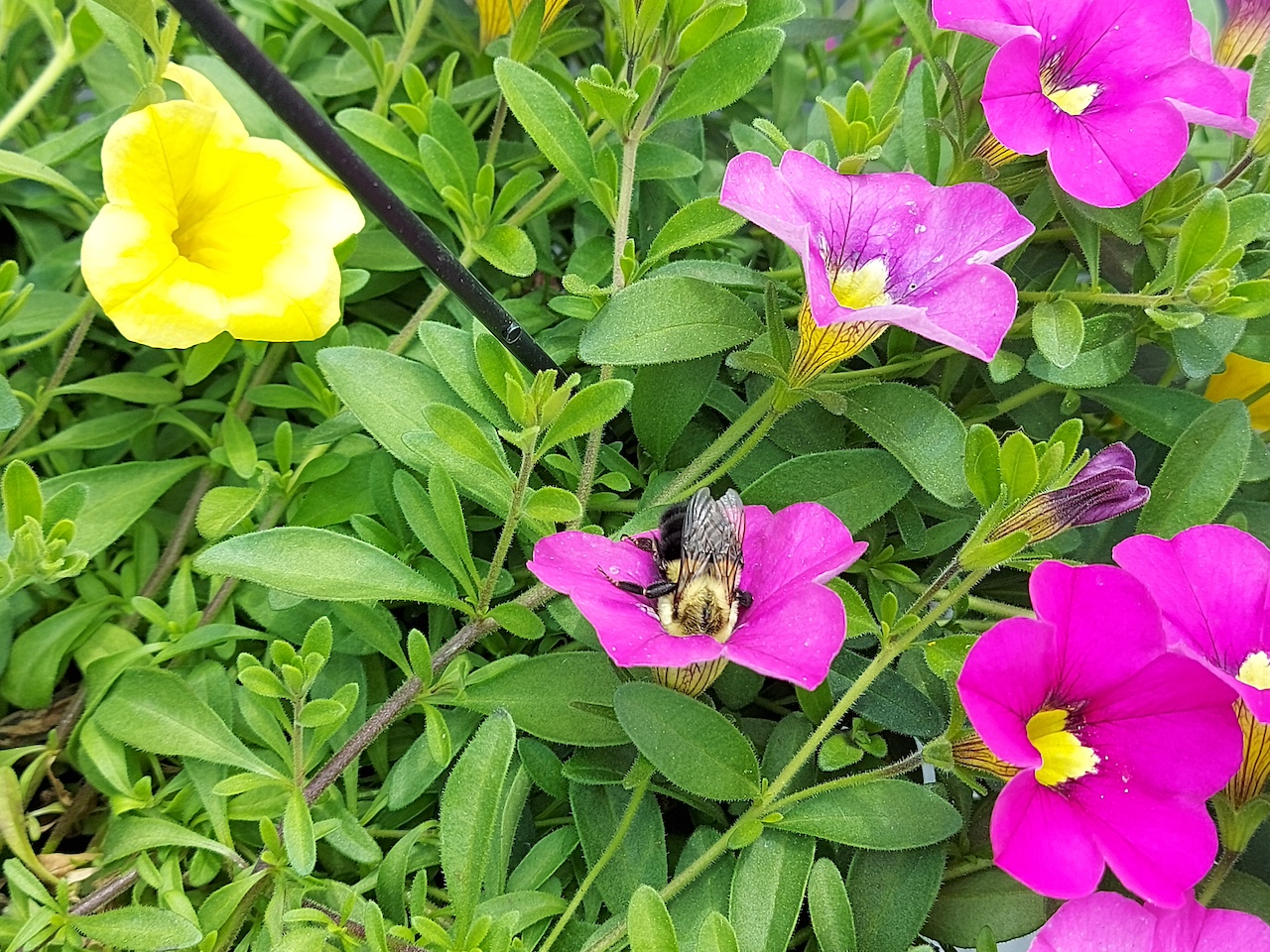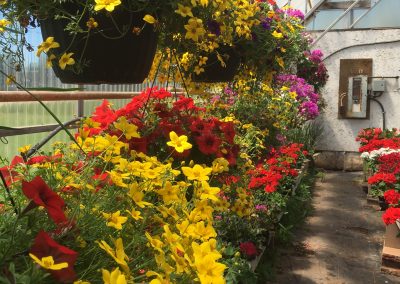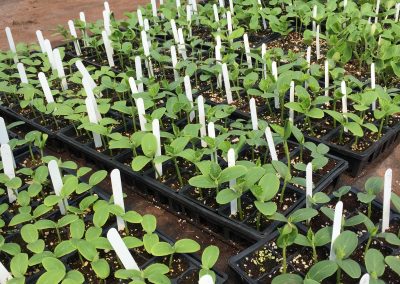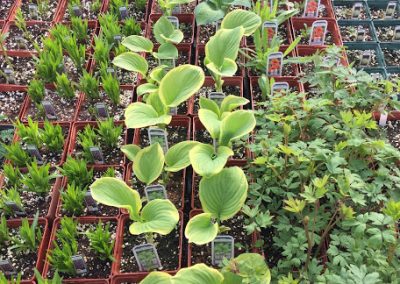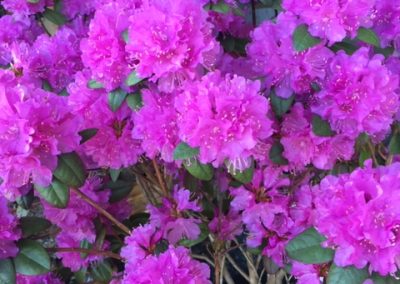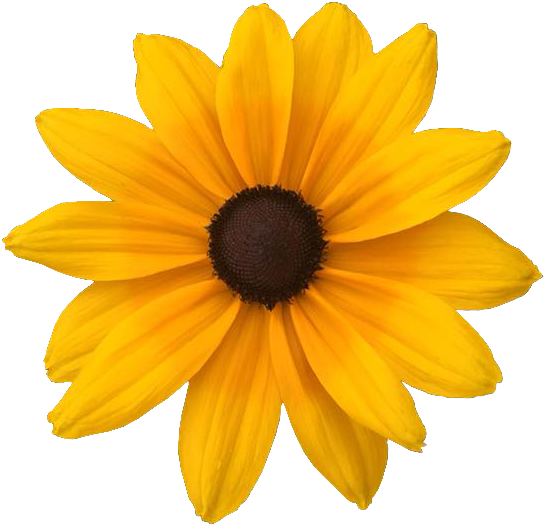Creating a pollinator garden is a fantastic way to keep the local ecosystem healthy. Attract bees, butterflies, and beneficial insects to your garden with these 10 helpful tips.
1. Construct a pollinator garden with a variety of colors, shapes, and heights of plants.
Include plants that flower throughout the growing season to provide nectar and pollen. This can include a variety of plants including annuals, perennials, herbs, trees, and shrubs.
2. Don’t break the bank.
You don’t need a big yard or extensive budget to create a pollinator-friendly oasis. Even a few plants will help.
3. The needs of pollinators are simple: food, shelter, water, and a safe place to lay eggs where they won’t be disturbed.
Nature usually provides all that pollinators need. We just need to stay out of the way and resist disturbing their natural environment. If you spot a pollinator in your garden or what you think might be eggs, look but don’t touch!
4. Provide host plants as well as nectar plants, plants that can be habitat for reproduction, life cycle completion, and winter shelter.
Some pollinators and beneficial insects need the shelter provided by perennial plants growing in untilled areas, woody plant material such as unused firewood and dead branches, and undisturbed soil in areas that are not mowed or cultivated.
5. Add a water source in or near the pollinator garden.
Consider a dish, a birdbath, or a small pond. Change the water every other day to prevent mosquitoes from breeding.
6. Do not use pesticides in your yard or garden.
Learn to tolerate some damage and control pests in natural ways. When pesticides are ingested by insects, this might affect other local animals.
7. Plant pollinators native to Prince Edward Island.
Examples of PEI pollinators include Asclepsia-milkweed, joe pye weed, rudbeckia, echinacea, native winterberry holly, and red osier dogwood.
8. Pollinator gardens are natural places.
They are planted to create a habitat for protecting and providing pollinators and beneficial insects what they need, not just in the summer but all year round.
9. Garden maintenance for a pollinator is different from cultivating a perennial or vegetable garden.
Pollinator gardens require less maintenance and perhaps to some can look unkempt. Unpruned perennials and ornamental grasses, leaves, and other garden debris are overwintering places for many of the insects we enjoy seeing in summer.
10. Don’t prune them back too early in the spring either.
If you can’t wait, place the clippings in a pile in the garden that can be cleaned up later in the spring after the bees have left. For example, the leaf-cutter and mason bees nest in the hollow stems of some perennials.
Happy gardening!


